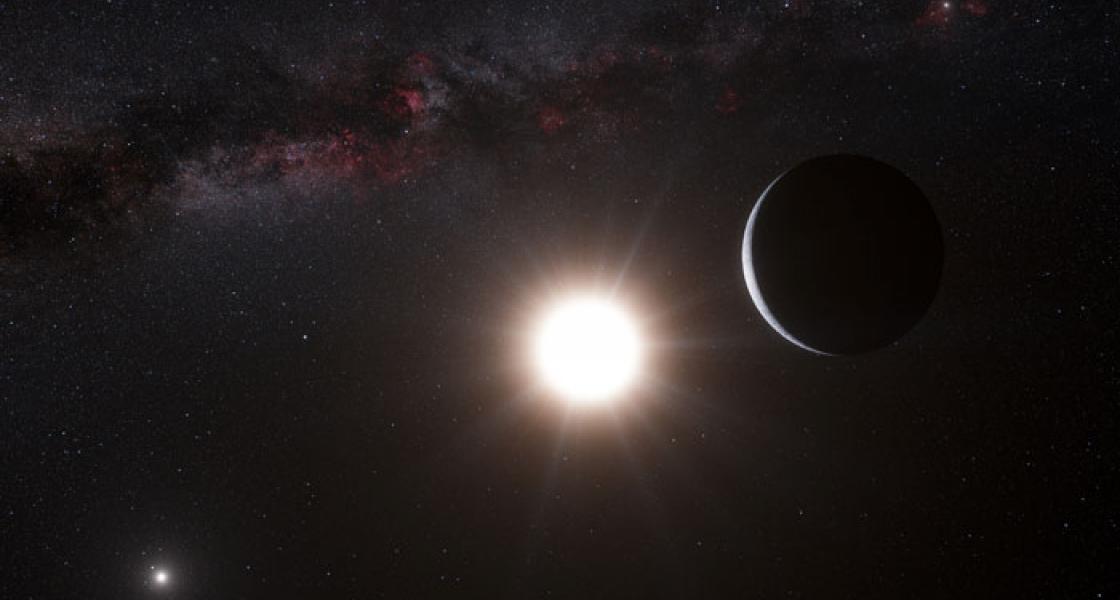Astrophysicist Fellow Jeff Linsky and his colleagues from CU’s Center for Astrophysics and Space Astronomy have come up with a neat strategy for helping to determine whether an exoplanet’s atmosphere contains evidence of Earth-like life. The first step is to see whether an exoplanet’s atmosphere contains oxygen (O2), ozone (O3), or other molecules that could have been produced by Earth-like organisms such as the plants that produce O2. Next, Linsky and his collaborators propose analyzing spectral lines from the host star’s light to determine if the same molecules could exist in the atmosphere without life.
Producing O2 without life, for instance, requires hydrogen Lyman-alpha radiation from the planet’s host star. Lyman-alpha radiation is the brightest ultraviolet (UV) spectral line. It can produce oxygen molecules (O2) in an exoplanet’s atmosphere via the photodissociation of water (H2O) and carbon dioxide (CO2).
The hard part of knowing whether photodissociation is occurring is figuring out the brightness of the Lyman-alpha radiation emanating from a star. It’s hard because hydrogen in the interstellar medium absorbs most of the Lyman-alpha radiation. This absorption makes it impossible for space-based observatories to measure how much of the high-energy UV light is reaching an exoplanet’s atmosphere.
To reconstruct the intrinsic Lyman-alpha radiation from a star, Linsky and his colleagues correlate the amount of Lyman-alpha radiation with other spectral lines in the optical, UV, and x-ray regions of the spectrum of a star. The lines include ionized carbon, oxygen, magnesium, and calcium radiated by a star at roughly the same temperature as Lyman-alpha radiation. The radiation from the atoms isn’t absorbed by interstellar hydrogen and can be accurately measured by spectrometers aboard the Hubble Space Telescope and other observatories. The correlation method can be used to come up with reasonable estimates of Lyman-alpha radiation.
This new technique works with any relatively cool star like the Sun. In the future when space-based observatories are able to measure O2 in the atmospheres of exoplanets, this new method will allow astrophysicists to determine whether photodissociation is responsible for part or all of the O2 in an exoplanet atmosphere. — Julie Phillips




